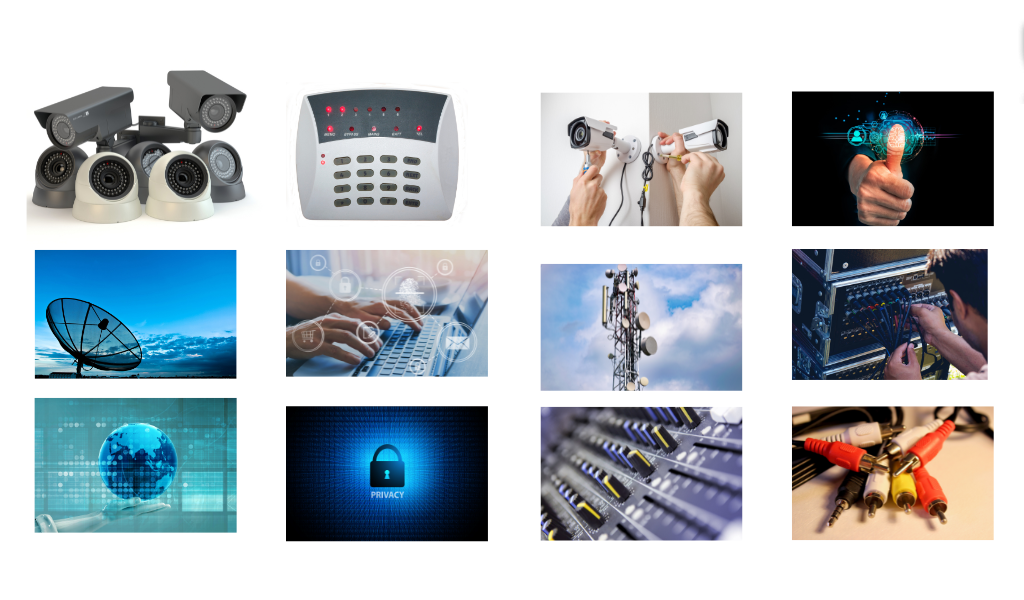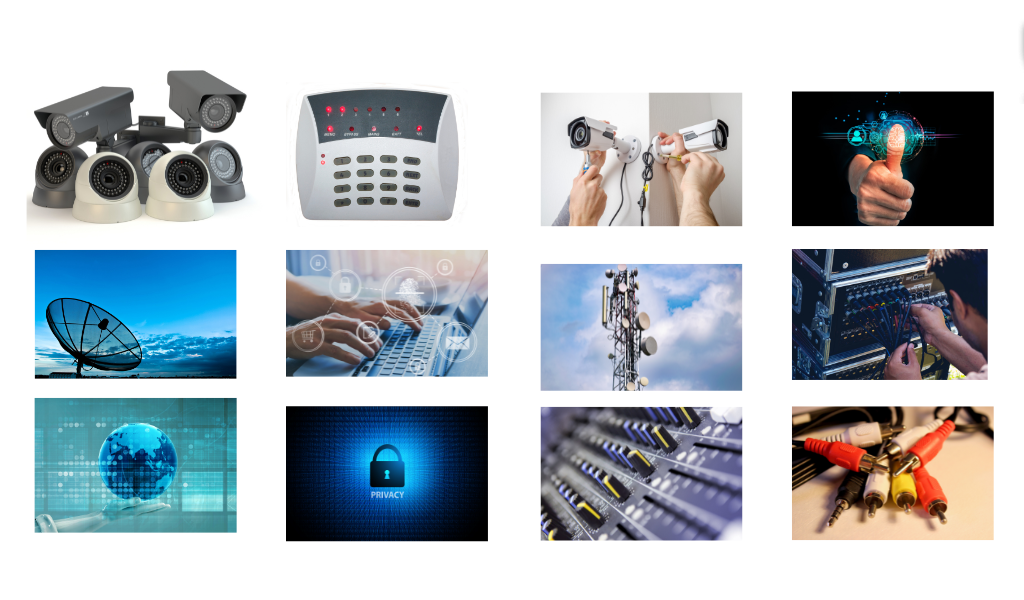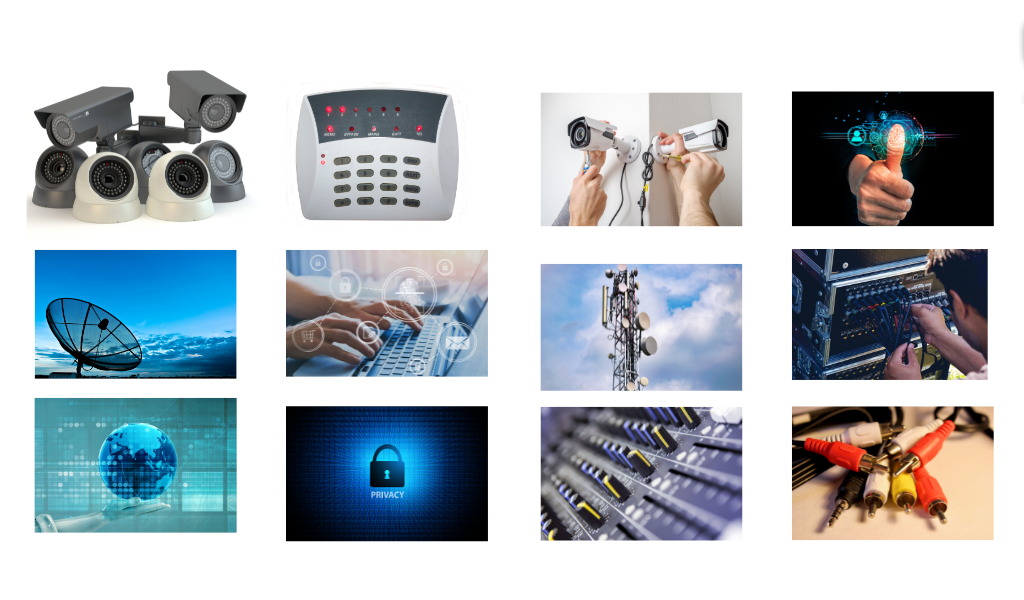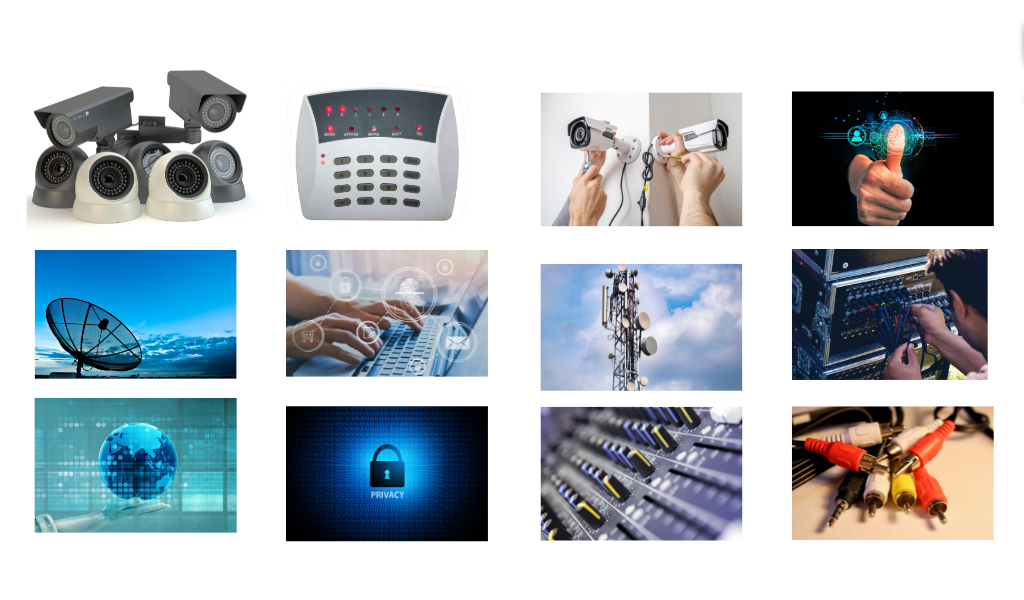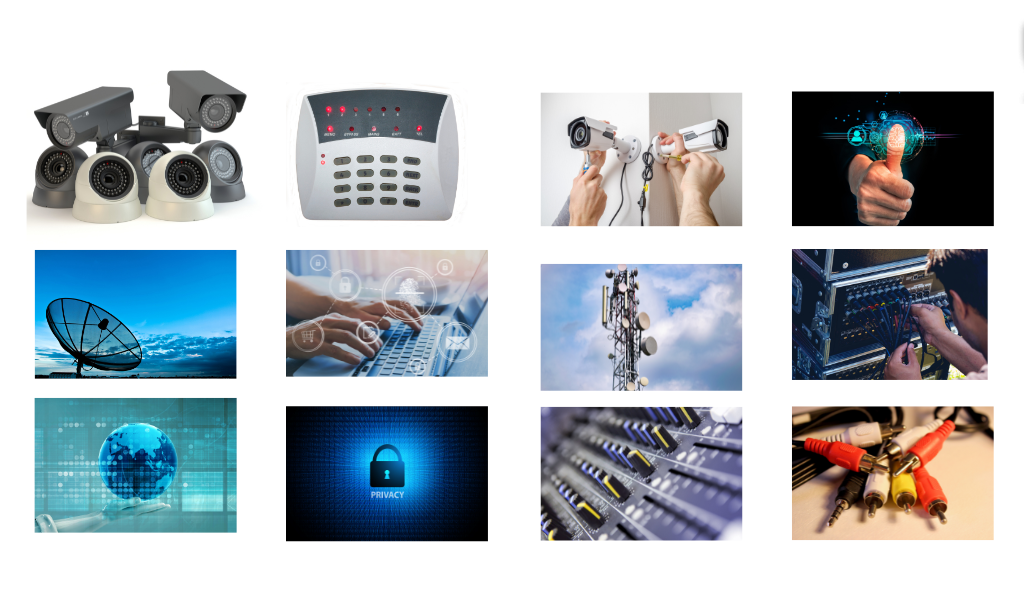 Real Blogger Outreach – Powerful Links. Zero Spam.
Real Blogger Outreach – Powerful Links. Zero Spam.
How NAS Enables Secure File Sharing Between Clients and Partners?
Written by pos » Updated on: June 17th, 2025

In the digital age, secure file sharing has become a critical component of business operations. Network Attached Storage (NAS) systems have emerged as a vital solution for managing and sharing data securely between clients and partners. These systems offer a range of features designed to protect sensitive information while facilitating efficient collaboration. This article explores how NAS enables secure file sharing, focusing on key features and practices that ensure data integrity and privacy.
Centralized Data Management
One of the fundamental benefits of a NAS system is its ability to centralize data management. By consolidating all files and documents in a single location, a NAS system simplifies the process of accessing and sharing information. Centralized storage ensures that clients and partners have a consistent and up-to-date view of the data, reducing the risk of version conflicts and data discrepancies.
A centralized NAS also streamlines administrative tasks related to file management. Administrators can control access permissions, monitor usage, and implement security policies from a single interface. This centralized control is essential for maintaining data security and ensuring that only authorized users can access or modify sensitive information.
Access Control and Authentication
Secure file sharing begins with robust access control and authentication mechanisms. NAS systems typically include features such as user accounts, access control lists (ACLs), and authentication protocols to manage who can access specific files and directories.
User accounts allow administrators to assign unique credentials to each client or partner, ensuring that access to the NAS system is restricted to authorized individuals. Access control lists further enhance security by specifying which users or groups have read, write, or administrative permissions for particular files or folders. This granularity of control helps prevent unauthorized access and ensures that users only interact with the data they are permitted to handle.
Authentication protocols, such as Single Sign-On (SSO) or multi-factor authentication (MFA), add additional layers of security. SSO simplifies the login process by allowing users to access multiple systems with a single set of credentials, while MFA requires users to provide multiple forms of verification, such as a password and a security token. These protocols help prevent unauthorized access and strengthen the overall security of the NAS system.
Encryption for Data Protection
Encryption is a crucial component of secure file sharing. NAS systems often support both data-at-rest and data-in-transit encryption to protect information from unauthorized access.
Data-at-rest encryption encrypts files stored on the NAS device, ensuring that even if the physical hardware is compromised, the data remains protected. This form of encryption is essential for safeguarding sensitive information from theft or unauthorized access.
Data-in-transit encryption, on the other hand, protects data as it is transmitted between the NAS system and clients or partners. Secure protocols such as HTTPS or SSL/TLS are used to encrypt data during transmission, preventing interception and unauthorized access. This is particularly important for secure file sharing over the internet or across public networks.
Secure File Transfer Protocols
NAS systems support various secure file transfer protocols that enhance the security of data exchanges between clients and partners. Common protocols include Secure File Transfer Protocol (SFTP), File Transfer Protocol Secure (FTPS), and HTTPS.
SFTP is an extension of the SSH protocol that provides secure file access, transfer, and management capabilities. It encrypts both the data and commands sent between the client and the server, ensuring that sensitive information remains confidential during transmission.
FTPS, an extension of the traditional FTP protocol, adds support for the Transport Layer Security (TLS) and Secure Sockets Layer (SSL) protocols. This encryption ensures that data transfers are secure and protected from eavesdropping or tampering.
HTTPS is commonly used for secure web-based file transfers. By encrypting the communication between the web browser and the NAS system, HTTPS ensures that files shared through web interfaces are protected from unauthorized access.
Monitoring and Auditing
Effective monitoring and auditing are essential for maintaining the security of file sharing processes. NAS systems typically offer built-in monitoring and auditing features that track user activity, file access, and system performance.
Monitoring tools provide administrators with real-time insights into system usage, allowing them to detect any suspicious activity or potential security breaches. Auditing features, on the other hand, log detailed records of file access and modifications, enabling administrators to review historical data and identify any unauthorized or inappropriate actions.
By regularly reviewing these logs and monitoring system activity, administrators can ensure that security policies are being enforced and take corrective actions if any issues arise.
Conclusion
Network Attached Storage (NAS) systems play a pivotal role in enabling secure file sharing between clients and partners. Through centralized data management, robust access control, encryption, secure file transfer protocols, and comprehensive monitoring, NAS devices provide a secure and efficient solution for managing and sharing sensitive information. As businesses continue to prioritize data security and collaboration, NAS systems will remain an essential tool for ensuring that file sharing processes are both secure and effective.
Note: IndiBlogHub features both user-submitted and editorial content. We do not verify third-party contributions. Read our Disclaimer and Privacy Policyfor details.
Copyright © 2019-2025 IndiBlogHub.com. All rights reserved. Hosted on DigitalOcean for fast, reliable performance.



